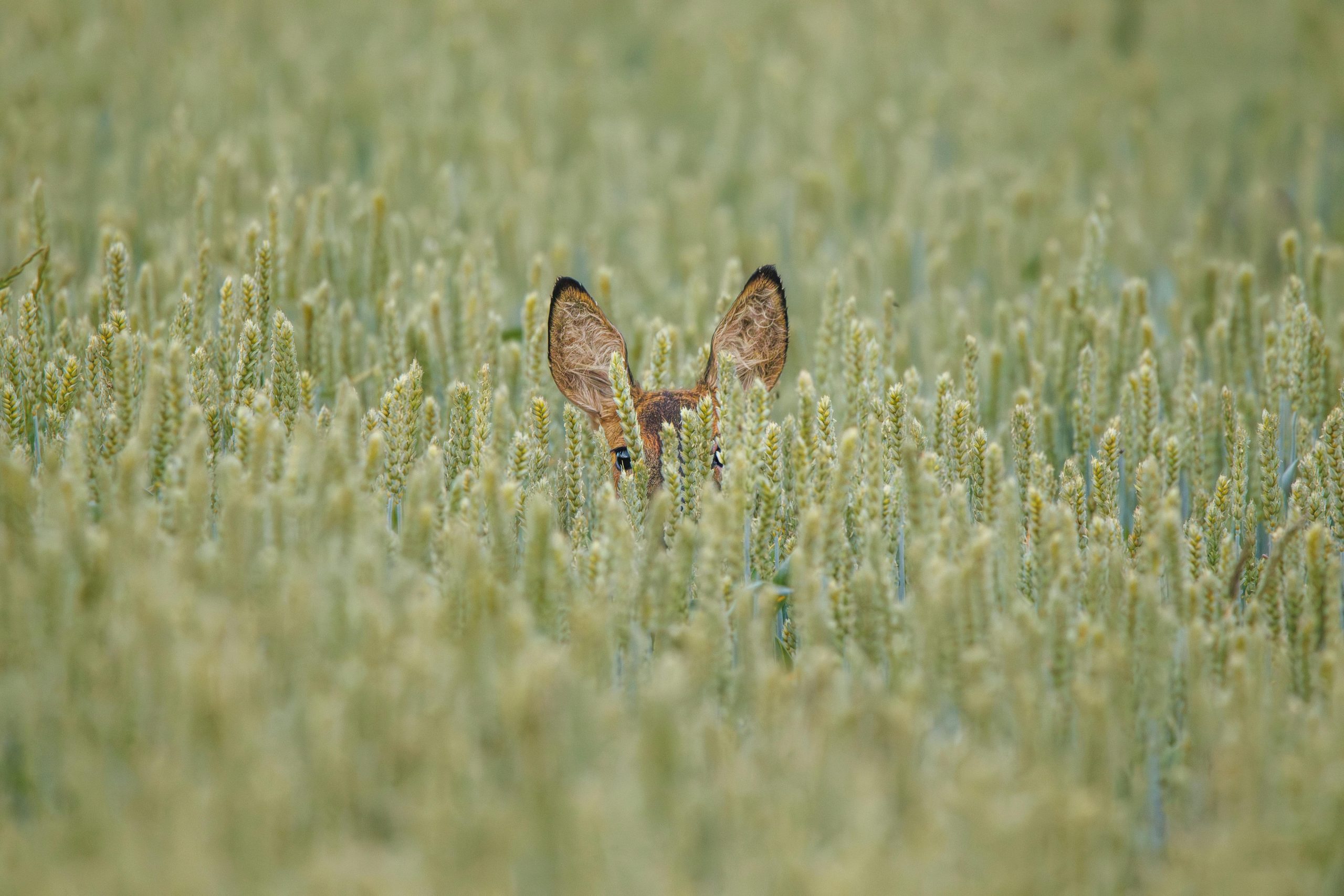Hidden beneath the ocean’s surface, deep within dense forests, and even beneath our feet, incredible ecosystems thrive in secrecy. These lesser-known habitats are home to some of the most fascinating and unusual animals on Earth. From bioluminescent creatures in the deep sea to tiny amphibians in underground caves, these hidden worlds offer a glimpse into nature’s most extraordinary adaptations. Join us as we explore these amazing ecosystems and the incredible animals that call them home.
The Mysterious Deep-Sea Vents: A World of Extremes
Far below the ocean’s surface, hydrothermal vents create a harsh yet thriving ecosystem. These vents spew superheated, mineral-rich water, supporting life in one of the most extreme environments on Earth. Here, sunlight never reaches, and pressure is crushing—yet life flourishes in unexpected ways.
Giant Tube Worms: Survivors of the Abyss
One of the most iconic inhabitants of deep-sea vents is the giant tube worm (Riftia pachyptila). These worms can grow up to 8 feet long and lack a digestive system. Instead, they rely on symbiotic bacteria living inside them to convert toxic chemicals from the vents into energy—a process called chemosynthesis.
Yeti Crabs: The Hairy Deep-Sea Dwellers
Discovered in 2005, the yeti crab (Kiwa hirsuta) is a bizarre crustacean covered in hair-like structures. These “hairs” are actually bristles that host bacteria, which the crab harvests for food. Living near hydrothermal vents, yeti crabs have adapted to survive in complete darkness and extreme temperatures.
The Enigmatic Underground Caves: Life in Darkness
Caves are another hidden ecosystem where life has evolved in isolation. With no sunlight and limited resources, cave-dwelling animals have developed unique traits to survive in perpetual darkness.
Olm: The Blind Cave Salamander
The olm (Proteus anguinus), also known as the “human fish” due to its pale, pinkish skin, is a blind salamander found in European caves. It can live up to 100 years and survive without food for a decade. Its lack of pigmentation and eyesight are adaptations to its lightless environment.
Texas Blind Salamander: A Subterranean Marvel
Another fascinating cave dweller is the Texas blind salamander (Eurycea rathbuni). This translucent amphibian has no eyes and relies on vibrations and chemical cues to navigate its underwater cave habitat. Its delicate appearance belies its resilience in an environment with scarce food.
The Hidden Rainforest Canopies: A World Above the Ground
While rainforests are well-known, their canopies remain one of the least explored ecosystems. High above the forest floor, a bustling community of animals thrives, many of which are rarely seen by humans.
Glass Frogs: Nature’s Transparent Wonders
The glass frog (family Centrolenidae) is a remarkable amphibian with translucent skin, allowing its internal organs to be visible. Found in Central and South American rainforests, these frogs spend most of their lives in the treetops, blending seamlessly with leaves to avoid predators.
Harpy Eagle: The Apex Predator of the Canopy
One of the most powerful birds of prey, the harpy eagle (Harpia harpyja), rules the rainforest canopy. With a wingspan of up to 7 feet and talons as large as a grizzly bear’s claws, this eagle hunts monkeys, sloths, and other canopy dwellers with astonishing precision.
The Secret World of Soil: Life Beneath Our Feet
Beneath the surface of the Earth lies a bustling ecosystem teeming with microscopic and small creatures. Soil is one of the most biodiverse habitats, yet it remains largely unexplored.
Tardigrades: The Indestructible Micro-Animals
Often called “water bears,” tardigrades are microscopic animals capable of surviving extreme conditions, including radiation, dehydration, and even the vacuum of space. Found in soil, moss, and lichen, these tiny creatures are a testament to life’s resilience.
Nematodes: The Unsung Heroes of Soil
Nematodes, or roundworms, are among the most abundant animals on Earth. These microscopic worms play a crucial role in nutrient cycling, breaking down organic matter and enriching the soil. Without them, many ecosystems would collapse.
Conclusion
Hidden ecosystems are a reminder of how much of our planet remains unexplored and how diverse life can be. From the crushing depths of the ocean to the dark recesses of caves, these environments host animals with incredible adaptations. By studying and protecting these hidden worlds, we not only satisfy our curiosity but also ensure the survival of some of Earth’s most unique creatures. The next time you walk through a forest or dig in your garden, remember—there’s an entire world of life just waiting to be discovered.
